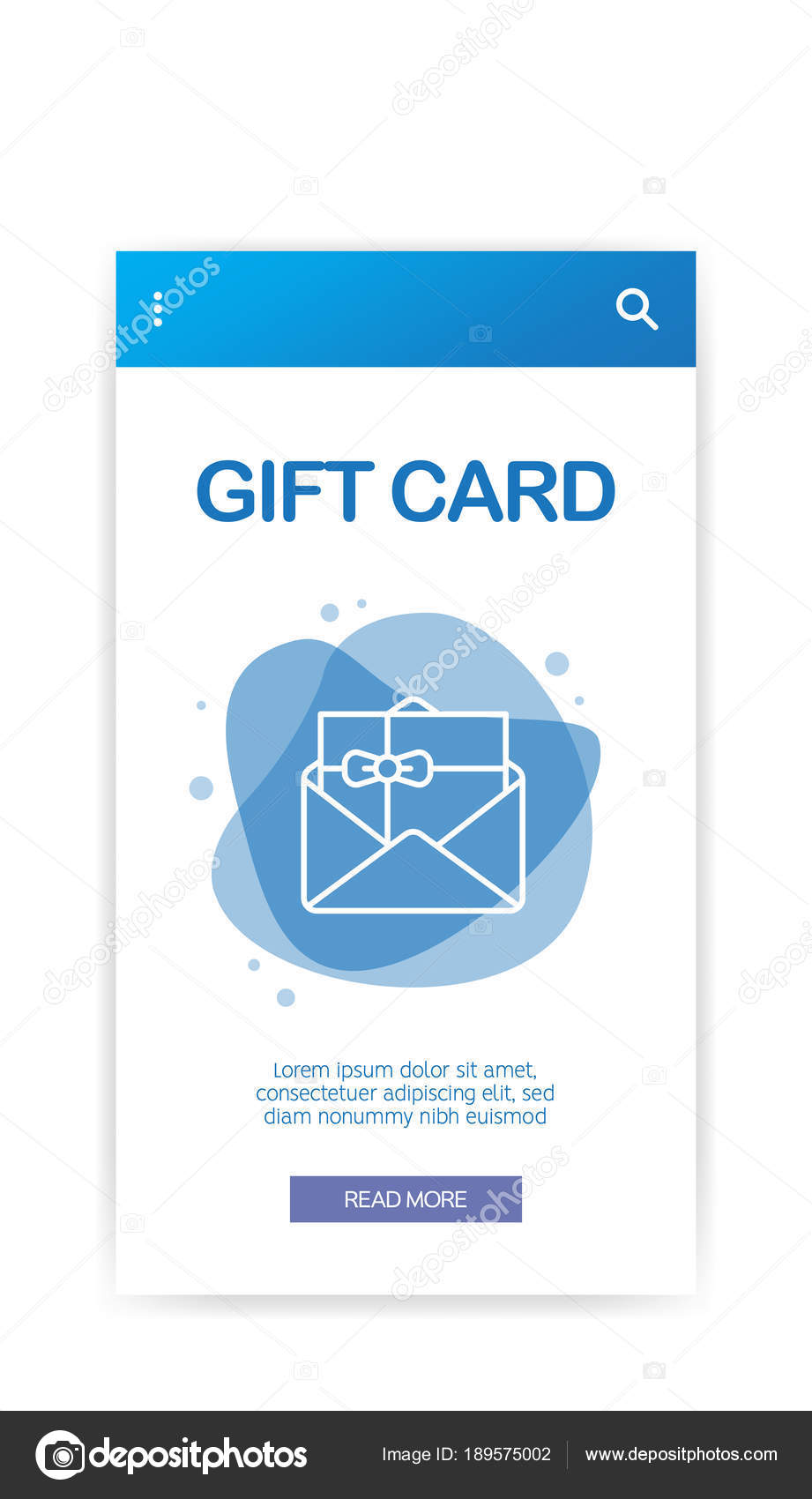Inscribing on frozen glass needs special attention to detail. Beginning with reduced power setups and slowly enhance as needed to stop warm accumulation or breaking.
Laser etching enables complex styles not feasible with standard approaches. Epilog Laser equipments are straightforward with instinctive software for a seamless process. The machines are durable and can accommodate larger work areas for extra-large tasks.
Fonts
Glass inscription is a typical strategy that calls for a large amount of ability and workmanship. Engravers make use of a variety of devices to accomplish the results that we recognize with today. Among them are diamond-point and wheel engraving, chemical etching and stippling. While these techniques have their place, laser-engraving is the most reliable and adaptable approach for glass etching.
The appropriate typefaces can assist your engraved designs stand apart. One option is a serif font, such as Lucida Hand, Monotype Corsiva or Georgia. These fonts include fashionable convolutions that produce a sophisticated, advanced search for your commemorative plaques or personalized presents.
An additional alternative is to utilize a script font such as Century Gothic, which includes slim serifs and alternates with stylistic swashes. Its thicker strokes make it a lot more understandable at small sizes, which is important for laser inscription. This typeface likewise engraves faster than other sorts of font styles, which can save you time on larger projects.
Typefaces
Engravings etched on glass are an important part of modern interior decoration. The product's capability to reflect and refract light gives it a visual that can alter the overall state of mind of an area. Engraved glass can be used for a wide range of attractive functions, from doors and dividers to tabletops and furnishings.
Engraving technology has actually progressed considerably in the last decade, making it possible for higher precision and even more complicated designs. Technical advancements include the intro of laser systems for improved accuracy and rate. Other features consist of the combination of AI and machine learning for computerized process optimization, as well as boosted energy performance and sustainability.
When selecting a font for inscription, it is very important to consider its legibility and kerning (letter spacing). A tighter kerned typeface is much easier to read than a bigger one. Other factors that affect font https://www.google.com/search?q=About+https://www.youtube.com/watch?v=sb9LBPsWrEg&tbm=ilp selection consist of style and visual. For instance, a cursive font such as Lucida Calligraphy can look classy and charming for personalized gifts and awards.
Font style Combinations
When inscribing a gift or individualizing something with an inscription, the typeface you select can make or damage it. Whether you are seeking to add a touch of love or a whimsical print, there is a font style out there to fit your needs.
One of the most essential facet of choosing the appropriate font style is its readability. Block typefaces like Times New Roman and Arial are terrific for personalized texts that require to be clear and quickly understandable at smaller dimensions, while script or cursive typefaces can add an added special touch.
A typeface that works particularly well with laser engraving is Bebas Neue. Its consistent line thickness makes it simple for newbies to use and produces results that are crisp and expert. It additionally inscribes well on wood and acrylic surfaces. Matching Bebas Neue with a serif font style, such as Sacramento or Montserrat Light, produces a tidy, stylish layout. The contrast in between these designs helps the message to stand out and be plainly identified.
Colors
A laser inscribing machine can etch a layout into glass. The procedure develops a permanent mark, and is commonly paired with other strategies to produce refined coatings. Depending on the kind of glass made use of, different results can be attained. Engraving makers supply flexibility and accuracy contrasted to older methods of glass refining, and can be utilized to develop unique styles that are not feasible with traditional tools.
When etching fragile glass, use a support product to soak up energy from the laser. This avoids warmth buildup and breaking. It is likewise vital to maintain precise laser concentrate on the surface area of the glass.
Using a marker or plastic sticker label to attract the desired style externally of the glass makes it less complicated to achieve precision when etching. As soon as the design is etched, a Dremel tool can be utilized to brush away any kind of remaining glass particles and expose the end product. Brightening the glass recovers transparency and enhances the aesthetic of the completed item.
